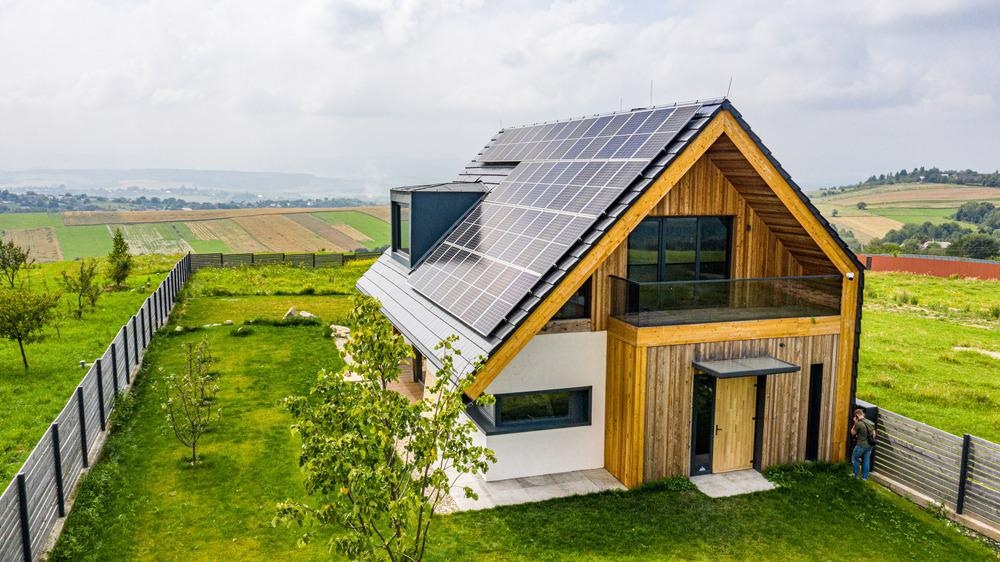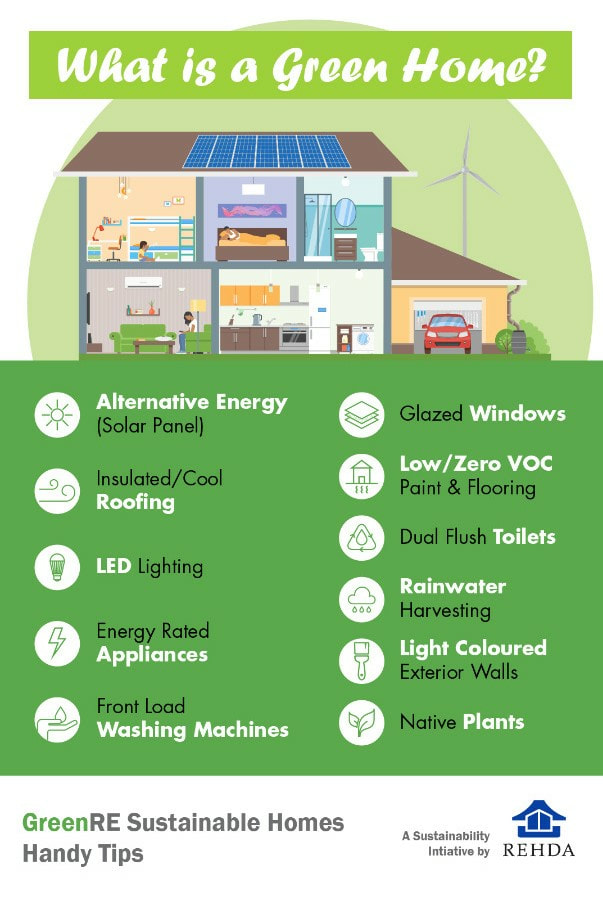
In today's environmentally conscious society, waste reduction strategies have become essential for individuals and businesses alike.
This article explores ten effective waste reduction strategies, including composting, recycling, and more.
By implementing these practices, you can play a significant role in minimizing your environmental impact and promoting sustainability.
Whether you are a seasoned environmental activist or just starting your journey towards a greener lifestyle, this comprehensive guide will provide you with practical and actionable steps to reduce waste and contribute to a cleaner, healthier planet.
Composting
Composting is an environmentally friendly method of managing organic waste through the decomposition of biodegradable materials. It is a simple and effective way to reduce waste and improve soil health.
The benefits of composting are numerous. Firstly, it helps divert organic waste from landfills, reducing greenhouse gas emissions and minimizing the need for landfill space. Additionally, composting creates a nutrient-rich soil amendment that can be used in gardens, landscaping, and agriculture.
The composting process involves collecting organic materials such as food scraps, yard waste, and paper products, and creating an optimal environment for decomposition to occur. This typically involves layering the materials, ensuring proper moisture levels, and providing adequate aeration.

Through composting, individuals can actively participate in waste reduction and contribute to a more sustainable future.
Recycling
One effective waste reduction strategy that should be mentioned is recycling. Recycling is the process of converting waste materials into reusable materials. It helps reduce the amount of waste sent to landfills, conserves natural resources, and reduces pollution.
Here are three recycling alternatives and initiatives that can be implemented:
- Single-stream recycling: This system allows all recyclable materials, such as paper, plastic, glass, and metal, to be collected together in a single bin. It simplifies the recycling process for consumers and increases participation rates.
- E-waste recycling: With the rapid advancement of technology, electronic waste has become a significant concern. E-waste recycling initiatives aim to safely dispose of and recycle electronic devices, preventing hazardous materials from polluting the environment.
- Industrial recycling programs: Many industries generate significant amounts of waste. By implementing recycling programs within these industries, materials such as metals, plastics, and paper can be diverted from landfills and used as raw materials for new products.
Reusable Containers
Implementing the use of reusable containers is a practical waste reduction strategy that promotes sustainability and minimizes single-use waste. By opting for reusable containers, individuals can significantly reduce their environmental footprint and contribute to a more sustainable future.
Reusable containers offer numerous benefits, such as reducing the amount of plastic waste generated and conserving resources used in the production of single-use containers. Additionally, using reusable containers can save money in the long run, as they eliminate the need for constantly purchasing disposable containers.
There are various alternatives to single-use containers, including stainless steel lunch boxes, glass jars, and silicone food storage bags. These alternatives not only help reduce waste but also provide a durable and convenient solution for storing and transporting food and beverages.
Making the switch to reusable containers is a simple yet impactful step towards waste reduction and a greener lifestyle.

Zero-Waste Cooking
To achieve zero-waste cooking, individuals can adopt sustainable practices that minimize food waste throughout the cooking process. Here are three effective strategies for sustainable meal planning and food waste reduction:
- Plan meals in advance: By planning your meals for the week, you can ensure that you only buy the necessary ingredients and avoid overbuying. This helps reduce food waste by preventing unused ingredients from spoiling.
- Use leftovers creatively: Instead of throwing away leftovers, get creative and repurpose them into new dishes. For example, leftover vegetables can be turned into a delicious stir-fry or soup, and stale bread can be transformed into croutons or breadcrumbs.
- Compost food scraps: Even with careful planning, there may still be some unavoidable food waste. Instead of throwing it in the trash, consider composting it. Composting not only reduces waste but also provides nutrient-rich soil for your garden.
Package-free shopping is a sustainable approach to reduce waste and environmental impact. By eliminating packaging, it helps to minimize the amount of single-use plastic and other materials that end up in landfills.
In this discussion, we will explore the benefits of package-free shopping, alternative options for packaging, and practical tips for adopting a more sustainable shopping lifestyle.
Benefits of Package-Free
Embracing a package-free shopping approach can lead to significant waste reduction and environmental benefits. Here are three key advantages of package-free shopping:
- Waste Reduction: Package-free shopping eliminates the need for single-use plastic packaging, which is a major contributor to plastic pollution. By bringing your own containers and bags, you can significantly reduce the amount of waste that ends up in landfills or oceans.
- Cost Savings: Buying in bulk allows you to purchase larger quantities of products, often at a lower cost per unit. This can result in substantial savings over time, especially for commonly used items like grains, nuts, and cleaning supplies.
- Freshness and Quality: Package-free shopping encourages you to buy only what you need, reducing the chances of food waste. By purchasing fresh produce, bread, and other perishables in smaller quantities, you can enjoy their optimal freshness and quality.
Alternatives to Packaging
One effective alternative for reducing waste is through the adoption of package-free shopping. Eco-friendly alternatives and sustainable packaging solutions are gaining popularity among individuals who desire freedom from excessive packaging waste.
Package-free shopping involves purchasing products without any unnecessary packaging materials, such as plastic bags, containers, or wrappers. Instead, customers can bring their own reusable bags, containers, or jars to fill up with the desired products. This approach not only reduces waste but also promotes a more sustainable lifestyle by encouraging the use of reusable items.
Many grocery stores and markets are now offering package-free sections or dedicated stores that focus on selling products without packaging. By opting for package-free shopping, consumers can make a significant contribution to waste reduction and support a more sustainable future.

To promote waste reduction and support a more sustainable future, adopting sustainable shopping practices, such as opting for package-free options, is crucial. Sustainable fashion and ethical consumerism are becoming increasingly popular as people seek ways to reduce their environmental impact. Here are three tips for sustainable shopping:
- Bring your own reusable bags and containers: By bringing your own shopping bags and containers, you can avoid using single-use plastic bags or packaging. This simple change can significantly reduce the amount of waste generated from your shopping trips.
- Shop at package-free stores: Look for stores that offer package-free options, where you can buy products in bulk or bring your own containers to fill. This allows you to avoid unnecessary packaging and reduces the amount of waste produced.
- Choose sustainable materials and ethical brands: When shopping for clothing or other products, opt for sustainable materials like organic cotton, hemp, or recycled materials. Additionally, support brands that prioritize fair trade practices and ethical sourcing.
Donating or Selling Unwanted Items
Donating or selling unwanted items is an effective way to reduce waste and give new life to items that are no longer needed.
Community thrift stores provide a convenient option for donating items such as clothing, furniture, and household goods, which can then be purchased by others at affordable prices.
Online resale platforms like eBay and Facebook Marketplace offer a platform for selling unwanted items directly to interested buyers, reducing the need for new purchases and keeping items out of landfills.
Community thrift stores provide a convenient avenue for individuals to donate or sell unwanted items. These stores play a crucial role in promoting community engagement and supporting sustainable living. Here are three reasons why community thrift stores are worth considering:
- Reducing waste: By donating or selling unwanted items, you give them a second life instead of sending them to the landfill. This helps to reduce waste and minimize the environmental impact of excessive consumption.
- Affordable secondhand shopping: Community thrift stores offer a wide range of affordable secondhand items, including clothing, furniture, electronics, and more. Shopping at these stores allows you to save money while supporting a more sustainable economy.
- Supporting local charities: Many community thrift stores are operated by non-profit organizations, with proceeds going towards supporting various charitable causes. By choosing to donate or buy from these stores, you directly contribute to the betterment of your community.
Continuing the discussion on effective waste reduction strategies, individuals can make use of online resale platforms to donate or sell their unwanted items.
Online consignment and secondhand marketplaces offer a convenient and sustainable way to give new life to belongings that would otherwise end up in landfills. These platforms allow users to list their items for sale or donation, connecting them with potential buyers or recipients.

By participating in online resale, individuals can declutter their homes while also reducing waste and promoting a circular economy. These platforms provide a wide range of categories, from clothing and accessories to furniture and electronics, ensuring that almost any item can find a new home.
With the increasing popularity of online shopping, leveraging these platforms is a practical and efficient method of waste reduction that empowers individuals to make a positive impact on the environment.
Repairing Instead of Replacing
By opting for repairing instead of replacing, individuals can effectively reduce waste and prolong the lifespan of their belongings. Repairing appliances and upcycling furniture are simple yet impactful ways to contribute to waste reduction efforts. Here are three practical strategies to consider:
- Learn basic repair skills: Empower yourself by learning how to fix common appliance issues or repair minor damages on furniture. There are numerous online tutorials, workshops, and forums available that can help you acquire these skills.
- Seek professional repair services: For more complex repairs or when you lack the necessary expertise, seek professional help. Many repair shops specialize in fixing appliances and refurbishing furniture. By opting for repair services, you can extend the life of your items and avoid contributing to the waste stream.
- Support local repair businesses: Encourage local businesses that offer repair services by patronizing them instead of buying new items. This can help create a sustainable economy and reduce the demand for new products.
Repairing and upcycling not only reduce waste but also save money and promote a more mindful and sustainable lifestyle.
Making Homemade Products
Making homemade products is not only a cost-effective way to reduce waste, but it also comes with a range of benefits. By creating your own DIY products, you have control over the ingredients used, allowing you to avoid harmful chemicals and reduce your carbon footprint.
Additionally, there are numerous easy homemade cleaning recipes that can help you maintain a clean and sustainable living space. By embracing DIY, you can actively contribute to waste reduction while enjoying the advantages of homemade products.
Benefits of DIY Products
One effective approach to waste reduction is through the utilization of DIY products. DIY, or 'Do-It-Yourself,' products are items that are made at home using simple ingredients and materials. These products offer several benefits for individuals who are passionate about waste reduction and living a more sustainable lifestyle.

Here are three reasons why DIY products, such as DIY skincare and homemade crafts, can be advantageous:
- Environmental friendliness: By making your own products, you have control over the ingredients used. This means you can avoid harmful chemicals and opt for natural, eco-friendly alternatives, reducing the environmental impact.
- Cost-effectiveness: DIY products often require minimal ingredients and materials, which can save you money in the long run. Instead of buying expensive store-bought products, you can create your own at a fraction of the cost.
- Customization: DIY products allow you to personalize and tailor them to your preferences. Whether it's adding a specific scent to your skincare products or creating unique crafts, you have the freedom to express your creativity and individuality.
Easy Homemade Cleaning Recipes
Homemade cleaning recipes provide a practical and sustainable solution for maintaining a clean and healthy home. By making your own cleaning supplies, you can reduce your reliance on store-bought products that are often filled with harmful chemicals and packaged in single-use plastic containers.
Natural cleaning products can be easily made using ingredients commonly found in your pantry, such as vinegar, baking soda, lemon juice, and essential oils. For example, a simple all-purpose cleaner can be made by mixing equal parts vinegar and water in a spray bottle. Baking soda can be used as a scrub for tough stains, while lemon juice can be added to remove odors.
These homemade cleaning recipes not only help you save money, but they also contribute to a more sustainable and eco-friendly lifestyle.
Reducing Waste Through DIY
Reducing waste through the creation of do-it-yourself (DIY) products offers an environmentally conscious and sustainable alternative to store-bought items. By upcycling and repurposing materials that would otherwise be discarded, you can not only reduce waste but also save money and unleash your creativity.
Here are three DIY ideas to get you started on your waste reduction journey:
- Repurpose glass jars: Instead of throwing away glass jars, clean them thoroughly and use them for storage or as containers for homemade beauty products, like body scrubs or face masks.
- Create reusable cloth items: Make your own reusable cloth items such as cloth napkins, shopping bags, and cleaning cloths. By using fabric scraps or repurposing old clothes, you can eliminate the need for single-use alternatives.
- DIY natural cleaning products: Instead of buying cleaning products packaged in plastic bottles, make your own using simple ingredients like vinegar, baking soda, and essential oils. This not only reduces waste but also eliminates the use of harmful chemicals.
Avoiding Single-Use Items
By utilizing reusable alternatives, individuals can significantly minimize their reliance on single-use items, thereby contributing to effective waste reduction strategies.

One of the most common single-use items that people can avoid is plastic. Plastic is not only harmful to the environment but also takes hundreds of years to decompose. Instead of using plastic bags, individuals can opt for reusable cloth bags when shopping. Similarly, instead of using plastic water bottles, people can invest in a durable and reusable water bottle.
Sustainable alternatives to single-use items also include using cloth napkins instead of paper ones, using rechargeable batteries instead of disposable ones, and using glass or stainless steel containers instead of plastic ones for food storage.
Eco-Friendly Packaging
The implementation of sustainable packaging practices is crucial in the pursuit of effective waste reduction strategies. By adopting eco-friendly packaging solutions, businesses can minimize their environmental impact and contribute to a greener future.
Here are three sustainable materials and green packaging solutions that can help achieve this goal:
- Biodegradable Packaging: Made from plant-based materials such as cornstarch or sugarcane, biodegradable packaging breaks down naturally over time, reducing the amount of waste that ends up in landfills.
- Recyclable Packaging: Using recyclable materials like cardboard, paper, or glass allows packaging to be recycled and reused, reducing the demand for new resources and minimizing waste.
- Minimalist Packaging: Simplifying packaging design and using less material not only reduces waste but also lowers transportation costs and energy consumption during production.
Frequently Asked Questions
How Can I Compost if I Live in an Apartment Without a Backyard?
Indoor composting is a viable option for apartment dwellers without a backyard. It involves using a small bin or container to compost organic waste. Alternatively, you can consider community garden composting where you contribute your waste to a shared composting system.
Can I Recycle Pizza Boxes That Have Grease Stains on Them?
Yes, you can recycle pizza boxes with grease stains on them. However, it is important to remove any leftover food and excessive grease before recycling. Composting is also a beneficial waste reduction strategy for urban areas.
Are All Reusable Containers Safe for Storing Food?
Not all reusable containers are safe for storing food. It is important to choose containers that are made from food-grade materials and are free from harmful chemicals. Alternatives to reusable containers include glass jars and stainless steel containers.

What Are Some Tips for Reducing Food Waste While Cooking?
Meal planning and proper storage techniques are effective strategies for reducing food waste while cooking. By planning meals in advance and using ingredients efficiently, less food is wasted. Properly storing leftovers can also extend their freshness and prevent spoilage.
How Can I Shop Package-Free if There Are No Bulk Stores in My Area?
To shop package-free in areas without bulk stores, consider zero waste alternatives such as buying in bulk online or joining a local co-op. Online shopping options for package-free products are becoming increasingly available and convenient.
 Family Craft ProjectsHome ImprovementCooking and BakingReuse and RecycleDIY GiftsEco-Friendly ProjectsDIY Home SolutionsSeasonal ActivitiesFun and GamesLearn TogetherPrivacy PolicyTerms And Conditions
Family Craft ProjectsHome ImprovementCooking and BakingReuse and RecycleDIY GiftsEco-Friendly ProjectsDIY Home SolutionsSeasonal ActivitiesFun and GamesLearn TogetherPrivacy PolicyTerms And Conditions

 Family Craft ProjectsHome ImprovementCooking and BakingReuse and RecycleDIY GiftsEco-Friendly ProjectsDIY Home SolutionsSeasonal ActivitiesFun and GamesLearn TogetherPrivacy PolicyTerms And Conditions
Family Craft ProjectsHome ImprovementCooking and BakingReuse and RecycleDIY GiftsEco-Friendly ProjectsDIY Home SolutionsSeasonal ActivitiesFun and GamesLearn TogetherPrivacy PolicyTerms And Conditions
